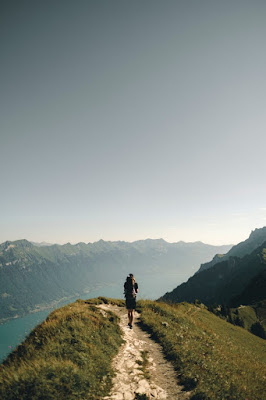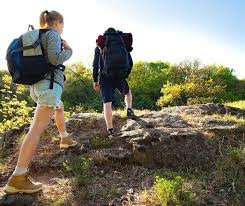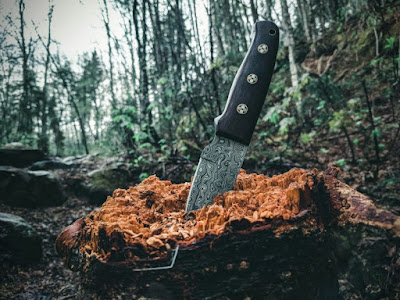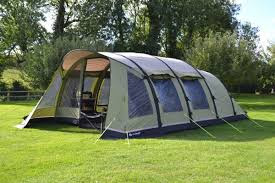Fishing safety starts with essential boating
safety. The things successful and happy anglers do—standing to cast an attractive,
bending to boat a fish, moving around in the boat, or atop the ocean, lake or
river —all have safety consequences. Then, there is the weather, sharp knives
and hooks, boat traffic, but still, fishing is a lot of fun. It just makes
sense to fish carefully.
- Begin with a life jacket. We may have hackled at the scratchy, bulky, and confining life jackets of our youth, but most of today’s are at ease. You never know when you are going to fall overboard, have a boat accident or otherwise end up in the water, and the only life jacket that can assist you then is the one you already have on. Thus, consider your life jacket your most vital fishing-gear investment. Ensure it is comfortable enough to support wearing and fits correctly.
- Safety is a good catch on board an angling boat as well. Keep lines coiled tidily to stop tangles and slips. Double-check baitwell and livewell supply lines and drains to ensure you are not filling a hull with water. Having the landing net stashed handily lessens the chances of a mad-scramble mishap. Knives should be pointed—and blades covered when not in utilize.
- Anglers must file a “float plan”: a fancy term for a note listing where you are going, with whom, when others should wait for you back, what the tow vehicle, trailer and boat look like, and where the towing rig will be parked. Be particular about when authorities should be called if you are late. Do not forget to update those with whom you placed the plan if your agenda changes.
- Do not go alone but if you are an angler, you probably will—at least irregularly. That makes it even more significant to file a float plan, it is also important to sport your life jacket. Clip on the engine-shut-off lanyard when underway, or think about adding an electronic cutoff switch that shuts down the motor if you are more than a few yards away from it. New boats have boarding ladders to assist you climb back in; if yours does not, think about adding one.
- Keep hooks and lures in closed tackle boxes as this helps avoid hooking a fisher rather than a fish. Learn one or two methods for hook elimination. Wear safety glasses to guard eyes from wayward casts or fish-thrown hooks. Fish teeth and fins can cause injury as well, so handle them carefully.
It is always good to carry safety
items for instance, water, flashlights, a cellphone or radio, maps, and
electronic SOS devices, as well as the visual and sound signals. If any of the
crew has medical conditions, ensure their medications and devices are on board
too. Take clothing to match conditions both colder and hotter than you expect:
full-coverage and sun-blocking clothing, waterproof sunscreen, a broad-brimmed
hat, in addition to extra layers and waterproof, windproof outer layers. Also
sport nonslip shoes.






